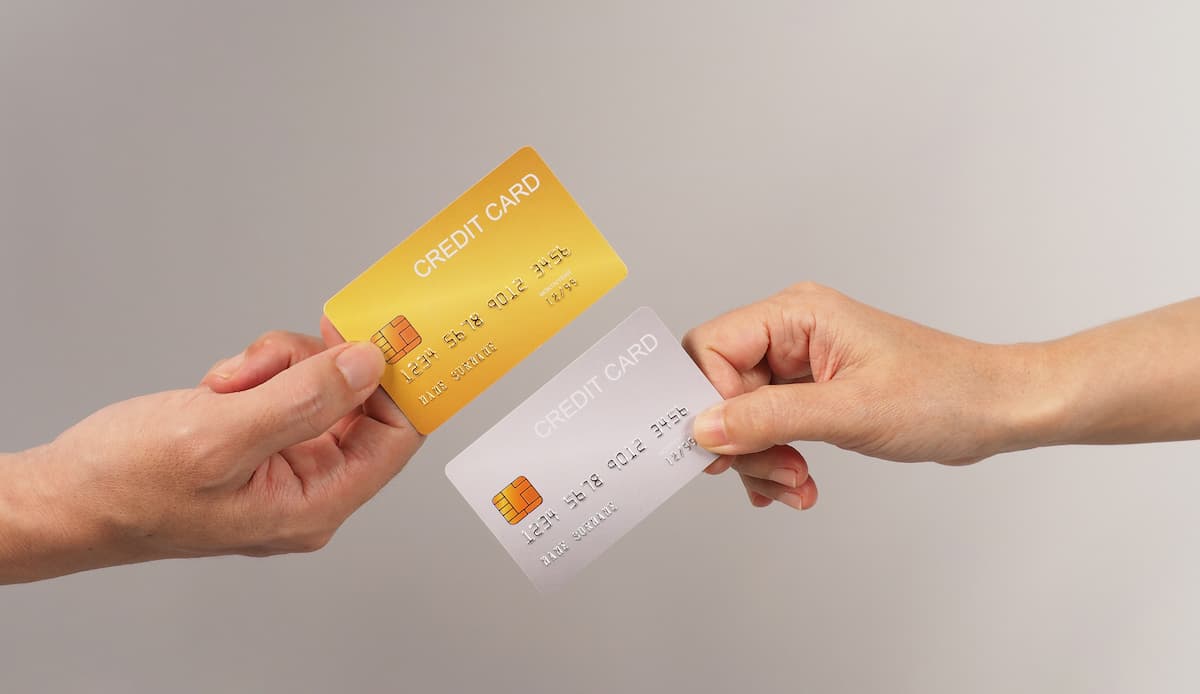
P2P Transfer Limits in Ukraine: What Changed in 2025 and How to Avoid Account Blocks
Card-to-card money transfers have long been part of everyday life in Ukraine. Paying for services, helping relatives, donating to the Armed Forces or volunteer causes all done with just a few clicks, thanks to P2P systems. But in 2025, the rules changed. For the first time, the National Bank of Ukraine introduced clear monthly transfer limits. For many, this came as a surprise. And for some users it led to blocked transactions.
As of June 1, 2025, the National Bank introduced new transfer limits:
- 100,000 UAH per month for clients classified as low or medium risk
- 50,000 UAH per month for clients deemed high risk by the bank
These limits now apply not only to card-to-card transfers, but to all outgoing transactions, including IBAN-based transfers.
Previously, clients without confirmed income but not considered high-risk could send up to 150,000 UAHexclusively between cards. Now, other types of transfers are also under scrutiny.
The goal of these restrictions is to combat money laundering and terrorism financing. The NBU is also aiming to make the financial system more transparent especially in the context of full-scale war, where cash turnover and shadow schemes are on the rise.
The NBU states: “If a client has confirmed sources of income or is involved in volunteering limits may not apply. Banks define risk categories independently.”
For most everyday users, nothing has changed. If you receive your salary officially, pay taxes, and use your card within regular household needs these limits will not affect you.
However, risks may arise in the following cases:
- frequent large-sum transfers
- a high number of similar transactions
- no confirmed income, or a mismatch between your declared income and your financial activity
- using your personal card for business purposes without being registered as a sole proprietor (FOP)
How to avoid account blocks
- Always have documents confirming your income sources. These may include an employment certificate, sole proprietor (FOP) declaration, contract, or a military service letter (for volunteers).
- Do not use your personal card as a donation account. For volunteer or charitable activities, it’s better to open a dedicated account or register as a non-profit organization.
- Plan large transfers in advance. If you expect to exceed the monthly limit, contact your bank to request an increased limit.
- Do not intentionally split transfers. Banks have algorithms that detect attempts to circumvent limits. Multiple sequential transactions may raise suspicion.
- Pay attention to messages from your bank. If they call or email you requesting an explanation for your activity respond promptly.
- Avoid anonymous platforms. Use trusted channels banking apps, Apple Pay / Google Pay, or services like Portmone that work directly with banks and ensure data security.
- Be mindful of incoming transfers. If you regularly receive large amounts from different people with no clear purpose this may also trigger questions from your bank.
Post List
Alternative tools for safe and transparent transfers
The Portmone service allows you to send money:
- card to card
- by phone number
- via IBAN
You can instantly see the total amount with commission and include payment details for the recipient. This improves transparency. There is also an option to send an SMS notification with the transfer.
“The limits are not an obstacle for those who operate openly,” banks say.
The new limits are not intended to restrict individual freedoms. They are designed to combat the shadow economyand prevent illegal activity. For most Ukrainians, nothing has changed. But to avoid unexpected account blocks, it is important to follow a few simple guidelines.
If you operate transparently, have confirmed income, and are not involved in suspicious activity you are not at risk. But in today’s new reality, it’s better to be informed than to deal with a problem after the fact.















